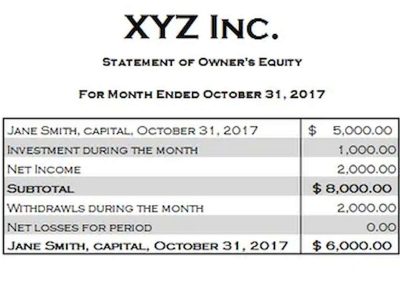
As shown in the income statement above, salaries and benefits, rent and overhead, depreciation and amortization, period costs and interest are all period costs that are expensed in the period incurred. On the other hand, costs of goods sold related to product costs are expensed on the income statement when the inventory is sold. Period costs are not tied to production but are essential for business operations.

Calculating costs
Interest expenses, marketing, and corporate sales costs are also included in this category. These are incurred whether the business manufactures or acquires goods and are considered indirect costs of production. Rather than being listed as inventory, period costs are listed as expenses for each accounting period. Period costs, also known as operating expenses or non-production costs, are incurred over a specific period and are not directly tied to the production of goods or services. These costs are expensed immediately and do not contribute to the creation of an asset.

Editorial Process
- The product costs, including direct materials, labor, and overhead, are like the guardians of this treasure.
- Therefore, based on the above agreements, we can conclude that these advertisement costs should be treated as period costs, not product costs.
- Indirect expenses are often referred to as overhead costs or manufacturing overheads.
- These costs include the costs of direct materials, direct labor, and manufacturing overhead.
- The distinction between product and period costs affects how expenses are reported for tax purposes, influencing deductions and taxable income.
- Misclassifying costs can distort financial statements, lead to tax discrepancies, and result in misguided business decisions, severely impairing a company’s financial health and strategic initiatives.
Unlike manufacturing or merchandising organizations, which deal with tangible products, service organizations provide intangible offerings that cannot be inventoried. The intangibility means that service firms must account for their costs without the traditional classification of product costs. Product costs are only recognized as expenses (COGS) in the income statement when the product is sold. It could be in a different period from when the costs were incurred, adhering to the matching principle.

What Is Product Cost?
- By separating these costs from product costs, businesses can accurately determine their net income for a given period and assess their profitability.
- These two type of costs are significant in cost accounting, that most people don’t understand easily.
- For sold goods, their product costs will appear on the income statement as “cost of goods sold” which is an expense account.
- This article looks at meaning of and main differences between the two such cost bifurcations – product cost and period cost.
- Out of the total costs, 70% were attributed to the cost of goods sold, 10% to work in progress, and 20% to finished goods inventory.
If the business does not own any building, Budgeting for Nonprofits then it will have to rent space to house its various non-production functions such as administration, accounting, customer service, etc. There are the salaries and wages of executive officers, office workers, and other employees not involved in the production process. This may happen at the manufacturing facility, however, it is not directly necessary to make the product. Selling – costs incurred to get the customer to buy or ship the product to them. When inventory is purchased, it constitutes an asset on the balance sheet (i.e., “inventory”).
Product Costs vs Period Costs: A Guide to Costs of Product

Direct materials are those raw materials that can be easily identified and measured. Juffy, Inc. manufactures peanut butter and incurs costs for the following items. The category will be direct material, direct labor, manufacturing overhead, selling, administrative, or arehouse.
Examples of product costs are direct materials, direct labor, and allocated factory overhead. Examples of period costs are general and administrative expenses, such as rent, office depreciation, office supplies, and utilities. The product costs are sometime named as inventoriable costs because they are initially assigned to inventory and expensed only when the inventory is sold and revenue flows into the business. Period costs include selling expenses and administrative expenses that are what are retained earnings unrelated to the production process in a manufacturing business. Selling expenses are incurred to market products and deliver them to customers.

